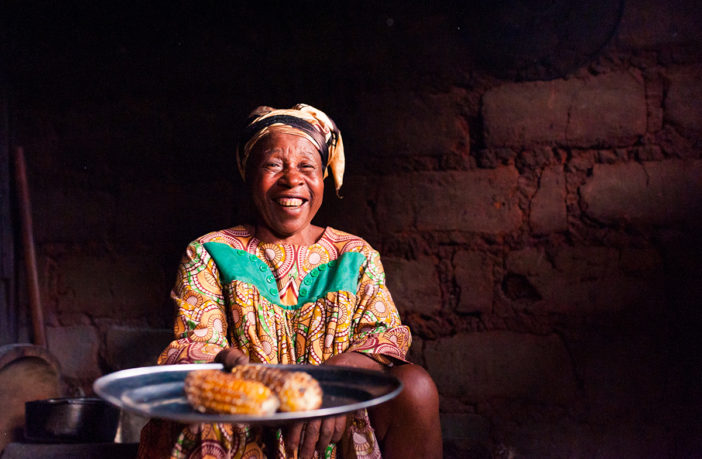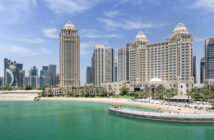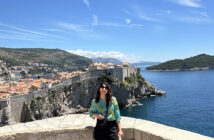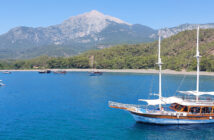The diverse climate, culture, and geography in Cameroon create a natural haven of gorgeous beach resorts, rolling mountains, stunning waterfalls, and UNESCO-protected and WWF-funded national parks. Let us explore Cameroon, the melting pot of Africa.
Cameroon, located in Central Africa, is a hospitable country with a multicultural heritage and rich potential.With over 250 local languages spoken by a multitude of ethnic groups, the country offers a diverse cultural experience for anyone interested in exploring their museums, cuisines, and handicraft scene. Since English and French are the official languages, it is easy for an international traveller to find their way around town.

Cameroon’s extensive wildlife attracts safari lovers from all over the world. The country is home to many of Africa’s iconic animals like the cheetah, chimpanzee, elephant, giraffe, gorilla, hippopotamus, and rhinoceros. Cameroon is popular among nature enthusiasts with its numerous protected botanical gardens, including rainforest fauna in the south, wildlife centers that rescue and rehabilitate animals, and national parks that protect endangered species. It also hosts the largest wildlife reserve in West Africa, the Waza National Park.
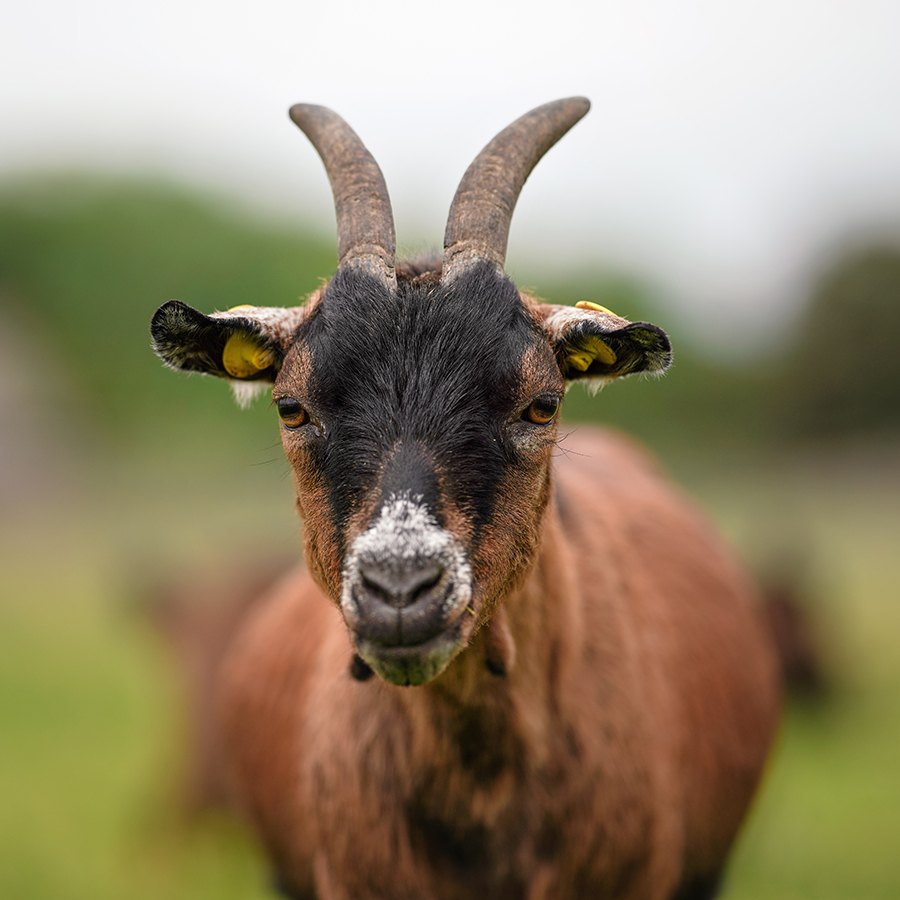
Cameroon’s Atlantic coastline has become the ideal location for two major beach resort towns of Limbe and Kribi. Limbe is an English-speaking town with black, volcanic sand on its beaches, while Kribi is a French-speaking city with white sandy beaches. Mount Cameroon on the coast of Limbe draws many hikers and climbers all year round as it is the highest mountain in Central and West Africa. Accustomed to backpacker travelers, the starting point for climbing Mount Cameroon offers many guides to hire and equipment to rent. There are also several tin-roofed huts along the trek up the mountain for hikers to sleep in during their trip. The western highlands offer scenic mountain landscapes with waterfalls and lakes, while higher elevations provide a cooler climate.
Cameroon’s southern city of Yaoundé, the capital of the country, is home to most of Cameroon’s national monuments and museums. The western city of Bamenda is known for its traditional culture and crafts. While Bafoussam is especially famous for its wood-carving culture and artifacts, producing more crafts than any other area in Cameroon. The large crafts markets and museums of Maroua draw in enthusiastic tourists all year round. Western Cameroon is also home to traditional chiefdoms and fondoms, such as the sultanate of Foumban. Each chief typically has his own palace or compound, which travelers can visit for a fee. This creates the opportunity for tourists to learn more about the heritage of these chiefdoms.
Bilateral relations with Saudi Arabia
In 1961, Cameroon and Saudi Arabia officially established diplomatic relations. The Embassy of Cameroon opened in Jeddah in 1966, and a resident ambassador was appointed in 1968. In 1985, the Embassy of Cameroon was transferred to Riyadh. Currently, Cameroon’s embassy to Saudi Arabia also covers diplomatic relations with Bahrain, Kuwait, Oman, Qatar, and the United Arab Emirates.
Along with the establishment and strengthening of diplomatic relations between the two countries, trade also grew. According to UN COMTRADE database reports, imports from Cameroon to Saudi Arabia totaled $4.56 million in 2019, with timber and wood products being the most imported. Other smaller scale imports include machinery, electronic and electrical equipment, iron and steel products, cocoa, coffee, tea, as well as spices. One of the most significant investments of Saudi Arabia in Cameroon is the Islamic Conference of Yaoundé Tsinga, which the Kingdom founded and retroceded to Cameroon in June 1997.
Saudi Arabia has also contributed financially and supported the construction of other projects in Cameroon, such as the Foumban–Tibati road, the Song Loulou Hydroelectric Power Dam Eseka-Maloume railway. While these investments are large-scale and at the state level, they have inspired private collaboration. One such example is the first ophthalmological health center in sub-Saharan Africa, underSaudi humanitarian organizations’ leadership.
Travel is also an important sector of collaboration between the two countries. Many pilgrims travel from Cameroon to the Kingdom every year for Hajj. In 2014 and 2015, 4,500 Cameroon pilgrims traveled to the Kingdom during the Hajj season. This led to the establishment of direct flights from Yaoundé to Riyadh. In 2017, a joint agreement was signed between Saudi Airlines and Camair-Co, Cameroon’s national airlines. This has made travel to and from Cameroon much easier than before, and allowed more Muslims to perform their pilgrimage to Mecca.
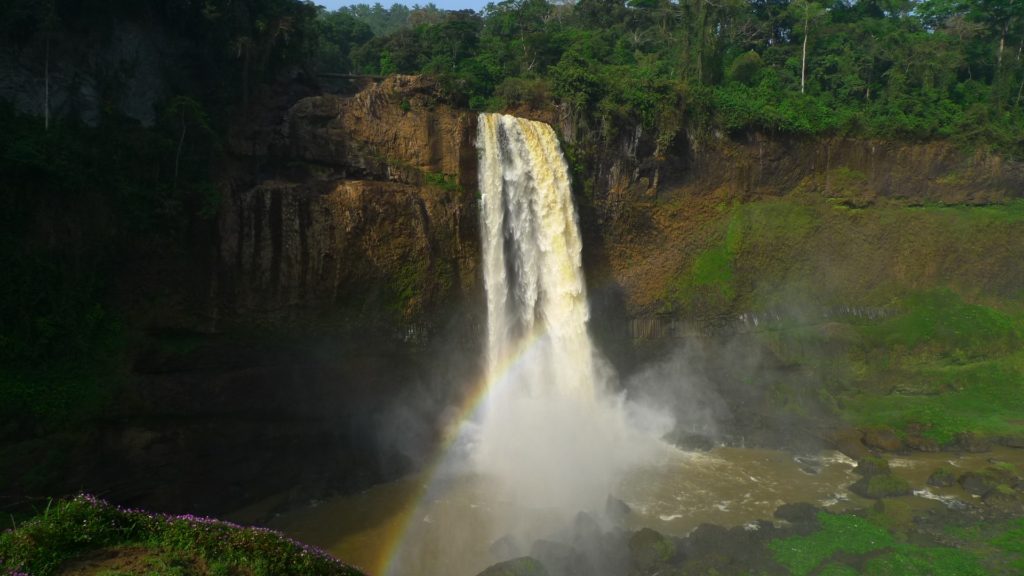
Where To Go
- The twin waterfalls of Ekom-Nkam in the jungles of Nkongsamba are over 80 meters high and were featured in Tarzan movie (1984).. The falls are surrounded by luscious greenery and beautiful mountains, and create the atmosphere for a splendid hiking trips.
- Founded in 1934, as a hunting reserve, the Waza National Park has become a UNESCO Biosphere Reserve. The park protects many endemic wildlife species, including giraffes, elephants, hyenas, gazelles, cheetahs, lions, and more in an area covered in lush savanna vegetation.
- One of the largest and best-protected rainforests in Africa is the Dja Faunal Reserve with 90% of its area left undisturbed. Almost completely surrounded by the Dja River, which forms a natural boundary, the reserve is famous for its biodiversity and a wide variety of primates.
- Visitors explore the Foumban Palace, one of Cameroon’s oldest kingdoms, to learn more about the heritage of the traditional Cameroonian sultanates.
- Benoue National Park, a UNESCO-designated reserve, hosts over 300 bird species, lions, and the critically endangered black rhinoceros. The River Benoue creates beautiful lakes and waterfalls, adding beauty to the park.

What To Do
- Hike along Mount Cameroon. This active volcano is at an altitude of 4,040 meters (13,255 feet) and is the highest peak in West and Central Africa. It is home to the annual Mount Cameroon Race of Hope. Organized tours are available up the volcano all year round.
- Explore culture at Bamenda Handicrafts, a fair trade collective representing artisans from the Northwest region. They produce masks, musical instruments, bags, decorations, and household items, The site also operates a restaurant. Learn more about Cameroonian culture and cuisine on a day trip to Bamenda.
- One of the richest primary forests in the world, Korup National Park has on-site accommodation, and a suspension bridge leads into the park. It is a great spot for wildlife and bird watching and home to plant species that are millions of years old. The waterfall and streams allow exciting rafting.
- Enjoy the stunning white sand, refreshing blue sea, and fresh fish served from the restaurants lining the seafront of Kribi Beach. The Chutes de la Lobe waterfalls, cascading directly into the sea, are just 8 kilometers south from the town.
- Explore the massive Campo Ma’an National Park, which covers an area of 264,000 hectares. With over 80 mammal species and more than 300 bird species, the National Park is funded by the WWF and is supported by timber and palm oil plantations in the area.

